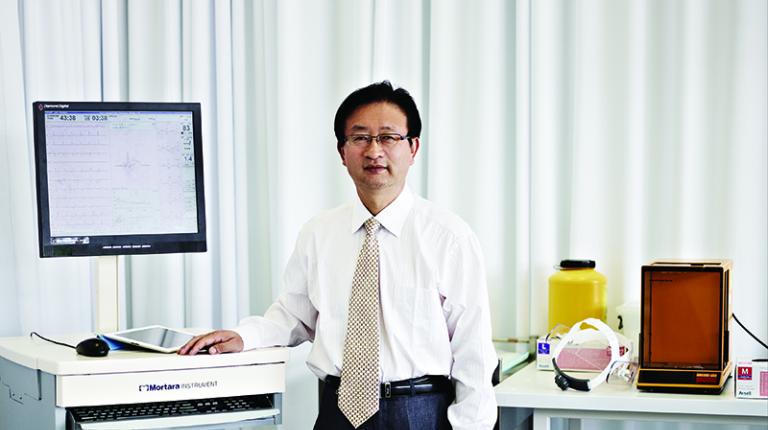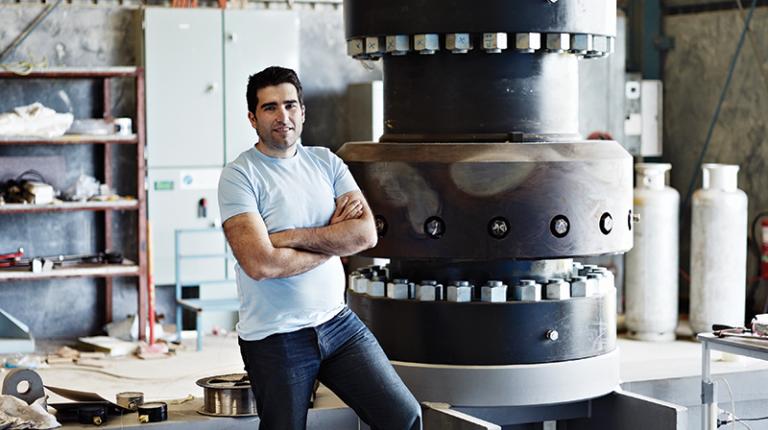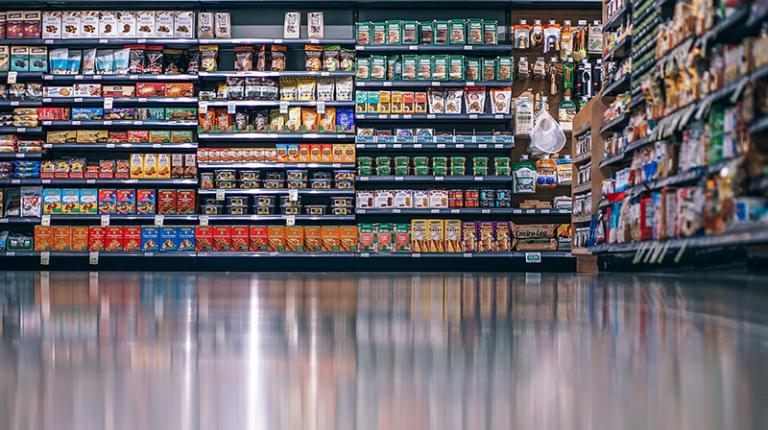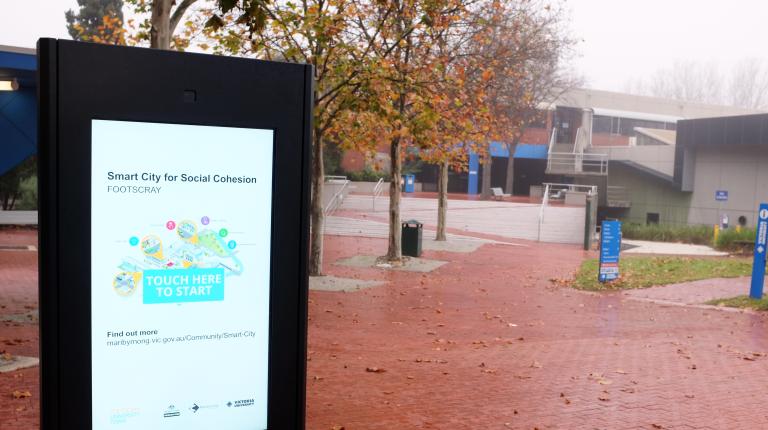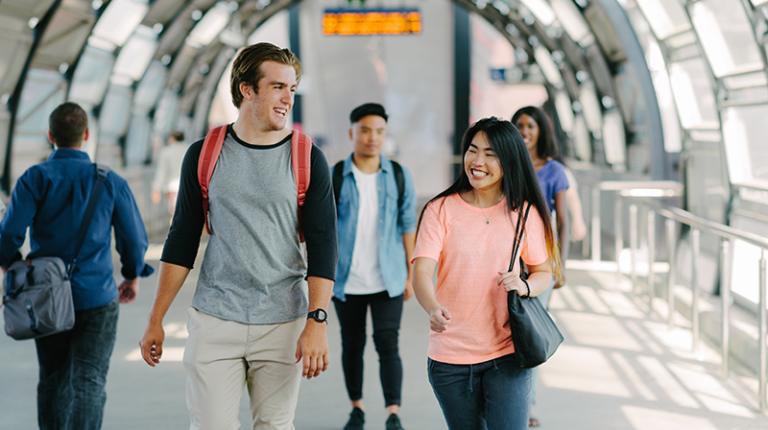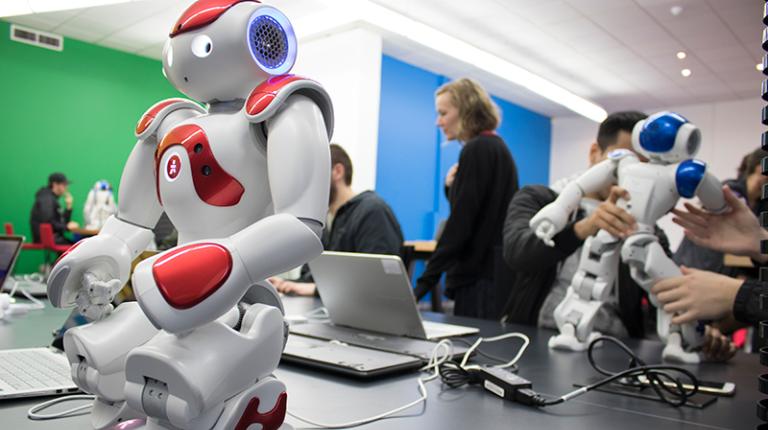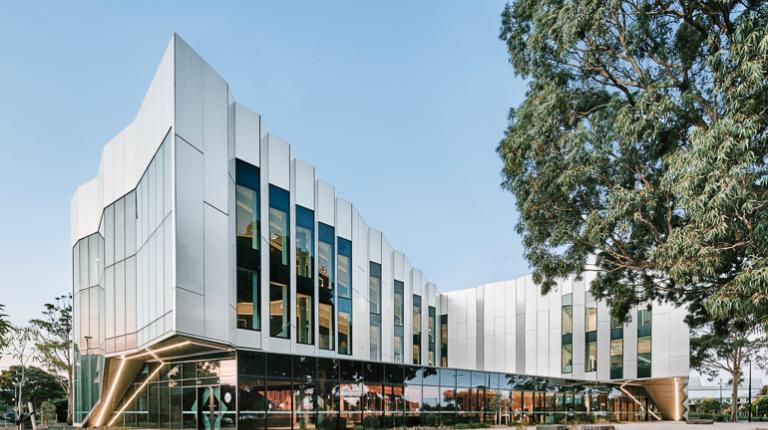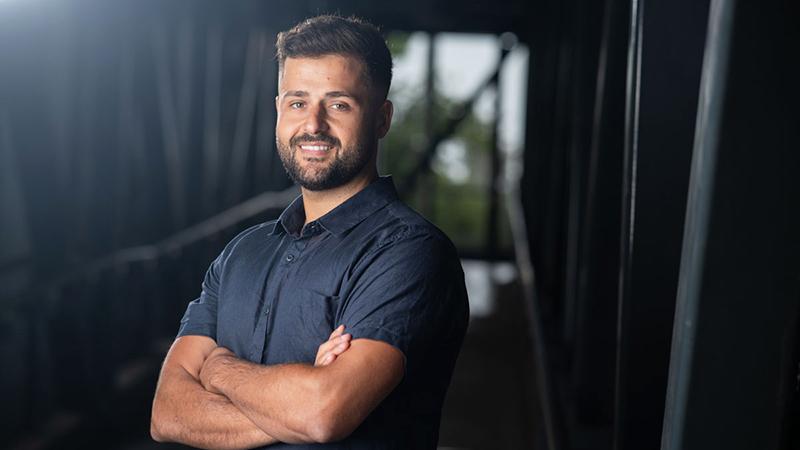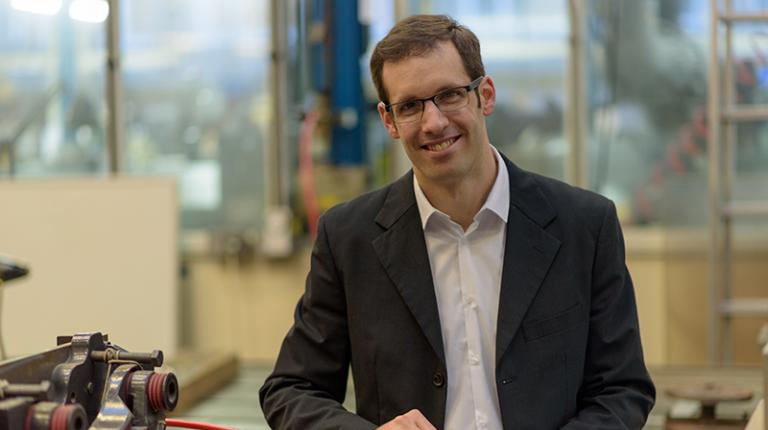VU researchers from the College of Sport, Health and Engineering are developing solutions using recycled materials to backfill utilities trenches metres below busy city roads. The current practice is to use natural aggregates for backfill that needs to be excavated, crushed and often trucked in from great distances. Dr Ehsan Yaghoubi, Professor Sam Fragomeni and Associate Professor Maurice Guerrieri received a Sustainability Victoria grant for the Recycling Victoria Research and Development Fund – Materials to look at using an alternative of crushed recycled concrete aggregates from demolished structures, such as buildings and bridges, that normally go to landfill. This project follows the team’s successful delivery in 2020 of another Sustainability Victoria-funded project at a demonstration site in Wyndham. It showed that a blend of recycled plastic, glass and tyres with self-compacting properties could serve as backfill in ‘non-trafficked’ trenches.
Falling by older people and stroke patients is estimated to cost the Australian health system up to $3.9 billion by 2050. Dr Soheil Bajelan, of the Institute for Health & Sport, has developed the Self-Powered Ankle Exoskeleton (SPAE), which minimises the risk of tripping and falling by actively controlling foot-ground clearance and obstacle crossing. The SPAE is a breakthrough in medical exoskeletons – it is lightweight, relatively low cost, does not require batteries or sensors, and looks like a running shoe. The exoskeleton harvests energy from the body movement of the user. The SPAE was developed using biomechanical experiments, computerised modelling and simulation using cutting-edge biomechanical technologies.
The Sustainable Futures Innovation Hub, at the Werribee Campus will develop leading-edge solutions to sustainability challenges associated with waste, packaging, construction and water management. The creation of the Innovation Hub was supported by the Victorian Higher Education State Investment Fund for universities to work with their communities as they recover from the impacts of COVID-19. The hub is part of a broader research initiative VU RISE (Recover, Innovate, Sustain, Evolve) to assist with COVID recovery, aimed at improving the west of Melbourne’s long-term productivity and workforce needs, and supporting economic and social development. The hub will draw on VU research and expertise in partnership with government, community and industry in four priority areas:
- Next generation water management in the Werribee River catchment: Creating relationships with Traditional Owner Groups of the west of Melbourne who have boundaries along the Werribee River, as well as working with communities and industry to inform water management decisions, stormwater harvesting treatment process design, and development of strategies for water loss reduction from water supply pipes.
- Smart construction tools: The development of prototype smart technology tools which improve quality control and inspection procedures in construction, while transforming education and training on health and safety risks in construction to minimise workplace accidents and injuries.
- Innovative construction using recycled materials: Development of contemporary solutions that use recycled glass, plastic and demolition waste for pavements and house foundations to improve the engineering properties and performance on reactive soils in Melbourne’s west.
- Sustainable packaging solutions: Creation of new bio-packaging from agricultural waste materials and by-products and practical strategies to reduce supply-chain hazards that drive protective packaging demand.






